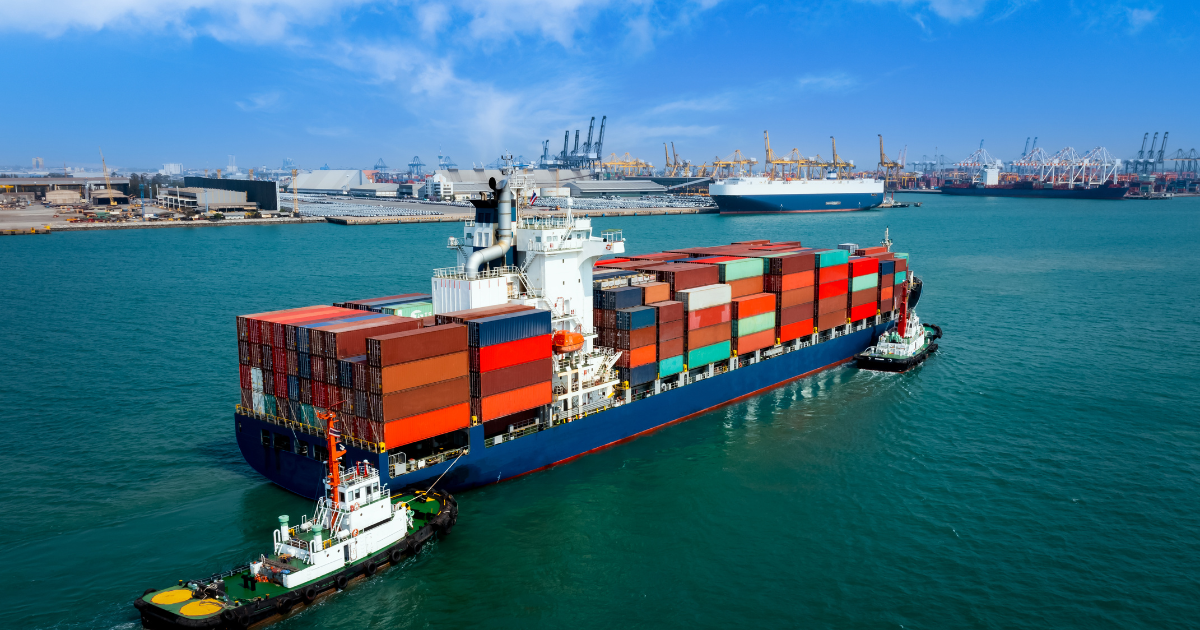Carbon Border Adjustment Mechanism (CBAM) and Malaysia DETS

A Carbon Border Adjustment Mechanism (CBAM) is a policy tool that can be used to address the risk of carbon leakage. Carbon leakage occurs when companies transfer production to countries with less strict climate policies, in order to avoid paying carbon costs. This can undermine the effectiveness of domestic climate policies, as it leads to an increase in global emissions.
A CBAM works by placing a levy on imports of carbon-intensive goods from countries that do not have equivalent carbon pricing policies. The levy is calculated to equalize the cost of carbon between domestic and imported goods, thereby preventing carbon leakage.
The European Union is currently implementing a CBAM, which is scheduled to come into full effect in 2026. The CBAM will initially apply to a limited number of products, including iron and steel, cement, aluminium, fertilizers, and electricity. However, it is expected to be expanded to cover more products in the future.
Other countries and regions are also considering implementing CBAMs, including the United States, Canada, and Japan. The implementation of CBAMs could help to accelerate the global transition to a low-carbon economy.
Potential benefits of CBAMs
There are a number of potential benefits to CBAMs, including:
Reducing carbon leakage
CBAMs can help to reduce carbon leakage by making it more expensive for companies to produce carbon-intensive goods in countries with less strict climate policies.
Promoting the development of carbon pricing policies
CBAMs can encourage non-EU countries to develop their own carbon pricing policies, in order to avoid paying the CBAM levy.
Leveling the playing field for EU businesses
CBAMs can help to level the playing field for EU businesses, which are subject to the EU’s carbon pricing system.
Potential challenges of CBAMs
However, there are also some potential challenges associated with CBAMs, including:
Calculation Method
Determining the amount of embedded carbon in imported goods can be complex, requiring a lifecycle analysis of emissions.
Trade Relations
Implementing a CBAM could have implications for international trade relations and could be seen as a form of protectionism.
Legal Challenges
The mechanism needs to be designed carefully to be compliant with World Trade Organization (WTO) rules, which generally prohibit discrimination between similar products based on their method of production.
Administrative Complexity
Implementing and administering a CBAM would likely be administratively complex, requiring significant resources to manage.
Potential for Retaliation
Other countries may react negatively to the imposition of a CBAM, possibly leading to trade disputes or retaliatory measures.
Efficacy
While the aim is to prevent carbon leakage and incentivize cleaner production methods, the effectiveness of CBAMs in achieving these objectives remains to be seen.
How CBAMs work
CBAMs work by placing a levy on imports of carbon-intensive goods from countries that do not have equivalent carbon pricing policies. The levy is calculated to equalize the cost of carbon between domestic and imported goods.
For example, if a company in the EU imports a tonne of steel from a country without a carbon pricing policy, the company would have to pay a CBAM levy equal to the cost of a tonne of CO2 under the EU’s carbon pricing system. This would make it more expensive for the company to import steel from a country without a carbon pricing policy, and would encourage the company to import steel from a country with a carbon pricing policy, or to produce the steel domestically in the EU.
The EU’s CBAM
The EU’s CBAM is scheduled to come into full effect in 2026. The CBAM will initially apply to a limited number of products, including iron and steel, cement, aluminium, fertilizers, and electricity. However, it is expected to be expanded to cover more products in the future.
The EU’s CBAM will be implemented in two phases. The first phase, which will run from 2023 to 2025, will be a transition phase. During the transition phase, importers will be required to report the embedded carbon emissions of their imports. The second phase, which will begin in 2026, will be the full implementation phase. During the full implementation phase, importers will be required to pay a CBAM levy equal to the embedded carbon emissions of their imports.
The Malaysia DETS
The Malaysian government has endorsed a proposal by the Ministry of Environment and Water (KASA) to develop a voluntary emissions trading scheme (ETS). The country aims to prepare actors in the economy for the implementation of carbon control mechanisms through international trade such as the Carbon Border Adjustment Mechanism by the European Union in 2023. The Ministry of Finance, Bursa Malaysia and other interested parties will develop a Domestic Emissions Trading Scheme (DETS) in phases, including a single transaction platform.
The impact of CBAMs
CBAMs are expected to have a significant impact on global trade and investment. CBAMs are likely to make it more expensive for companies to import carbon-intensive goods from countries without carbon pricing policies. This could lead to a shift in production from countries without carbon pricing policies to countries with carbon pricing policies.
CBAMs are also likely to promote the development of carbon pricing policies around the world. Countries without carbon pricing policies may be encouraged to develop their own carbon pricing policies in order to avoid the CBAM levy.
CBAMs are a promising policy tool for addressing the risk of carbon leakage and promoting the global transition to a low-carbon economy. However, it is important to carefully design and implement CBAMs in order to minimize the potential challenges.

